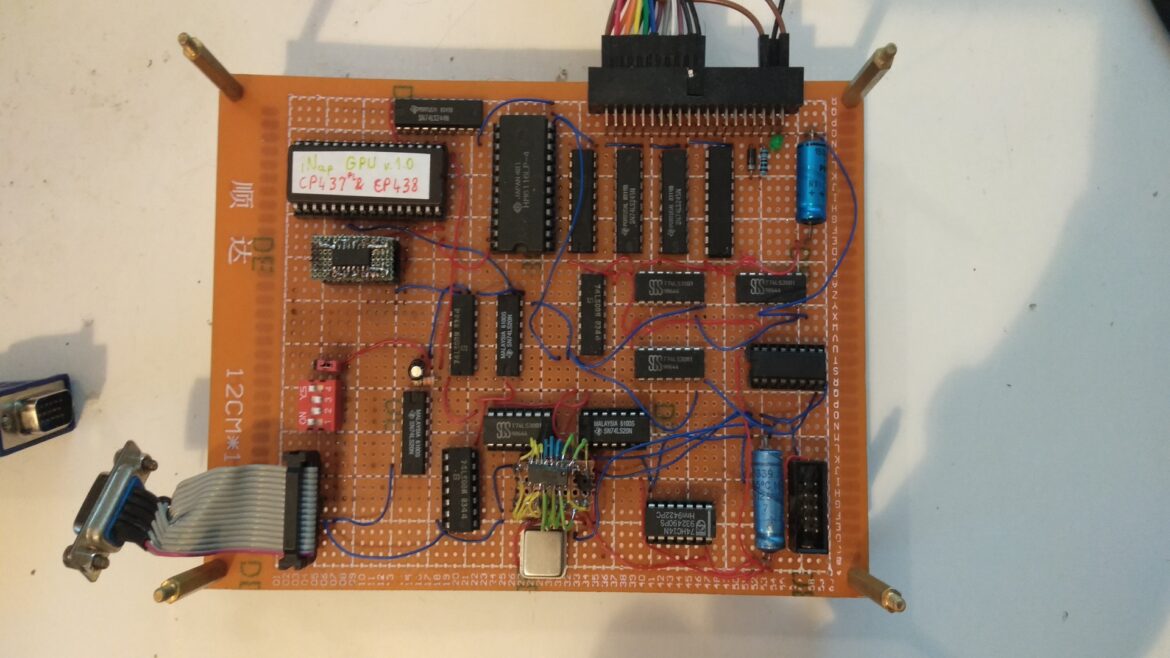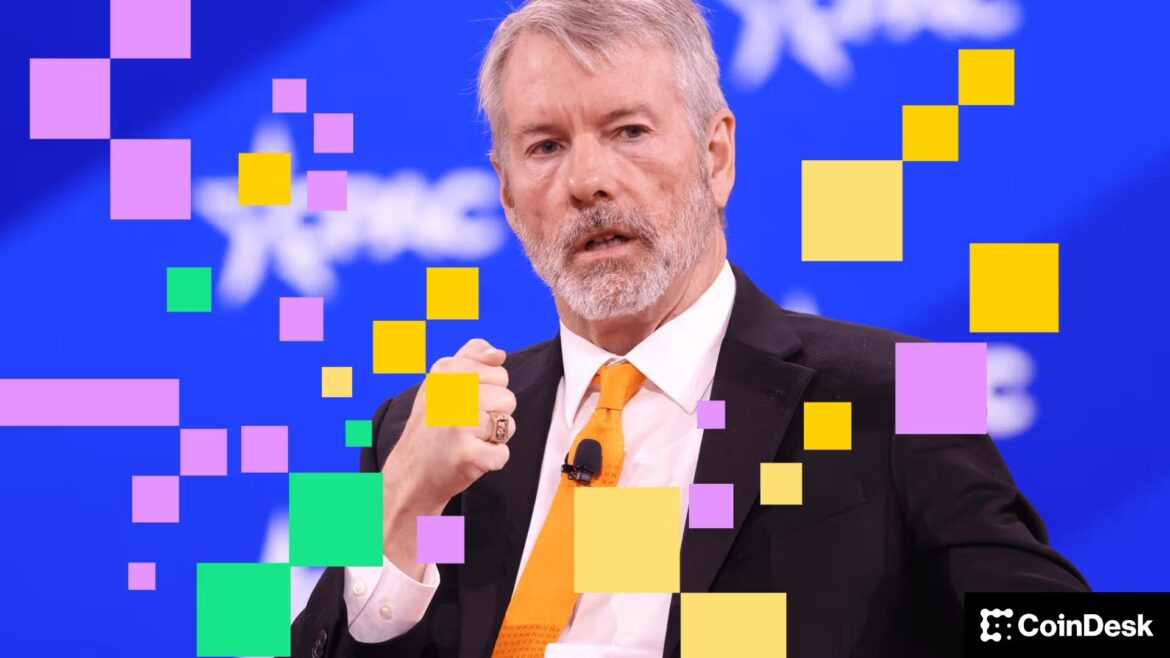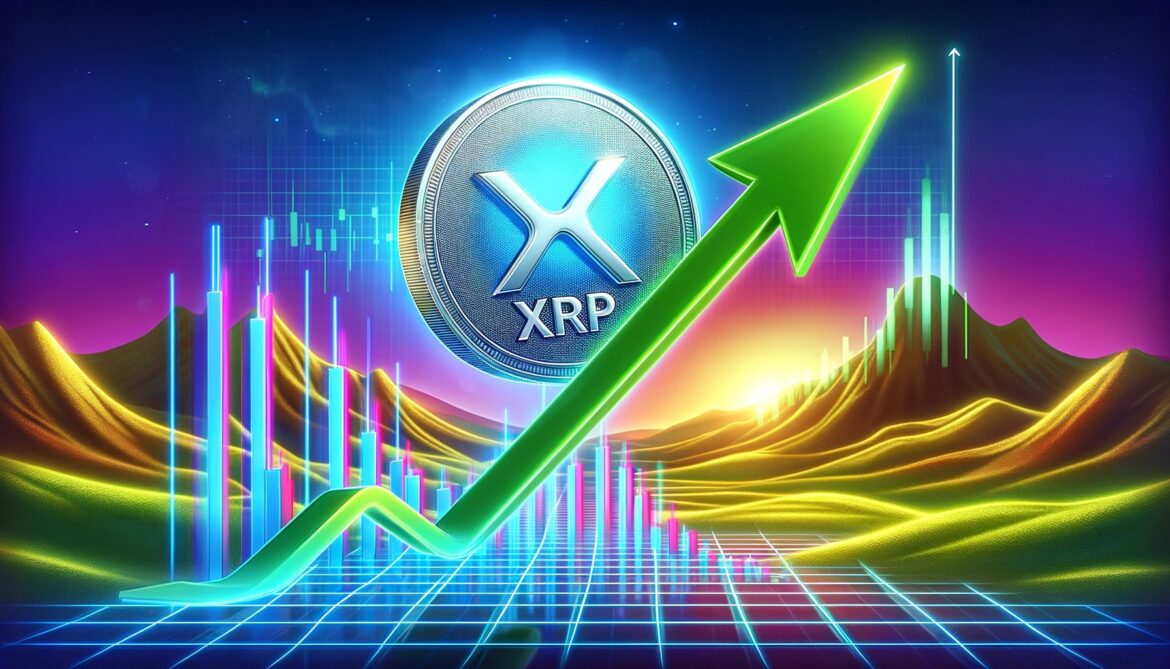It’s inching closer to last thing UK time on a Friday, so my job is to bring you the single most devastating and depressing bit of news I can to get the weekend started right. Building Relationships, the funky little game in which you play a house in search of a romantic connection with another building, has had its full release delayed to early 2026.
See, I told you it’d be devastating. A few months’ extra wait until you can engage in more vaguely flirty banter with a windmill. I knew I should have insisted we develop some embeddable tissues which could be inserted into articles.
“It was a tough decision, but I wanted to give more time for the game to breathe — to polish on the narrative and ensure that the game feels smooth,” developer Tanat Boozayaangool wrote in a Steam post about the delay. “I want to tell a meaningful story through this game, but right now, everything feels rushed. I’m thankful for the reception on this game so far, grateful for all the opportunities that the community has enabled for me.
“But looking at the game as a whole, it just needs a lil bit more time. This will also give the team time to work through bugs, optimization, and accessibility features to ensure that we launch with the best version of Building Relationships. Rest assured, that the end is in sight: the story arc has been set, the plot determined — I just need to give it a bit more polish.”
They then shared a teaser image of the player building sitting next to a windmill in a garden. COME ON, YOU’RE SUPPOSED TO BE MAKING THE ADDED WAIT EASIER.
I digress. While I played the Steam demo for Building Relationships (which is still live if you want to dive in) after reading some Next Fest coverage Oisin wrote about it back when both of us were at brash and occasionally funny RPS sister site VG247, both Edwin and Nic have also written about it here. Here’s an except from the former’s piece that neatly sums out what the game’s all about:
Building Relationships stands out the most in hindsight because it felt the most at ease in its own skin and also, because it’s not every day you get to chat up a small apartment building. (I personally wouldn’t date an apartment building because all the ones I’ve lived in had mold, but this one had a certain forlorn charisma, reminiscent of that friend who’s too busy pairing off everybody else to find love himself.) It’s a pocket open worlder with boisterous katamari physics in which you bounce about fluttering your curtains at bungalows and completing very simple quests, such as fishing (in this case, for cars). It is a game wholly invested in the act of enjoying a pun, which is surely the definition of a promising first date. It has pleasantly daft writing, blossoming biomes that remind me of Proteus a bit, and some amusing camera angle choices during conversation.
Right, I’m off to try and distract myself until early next year with some non-building related puns.










